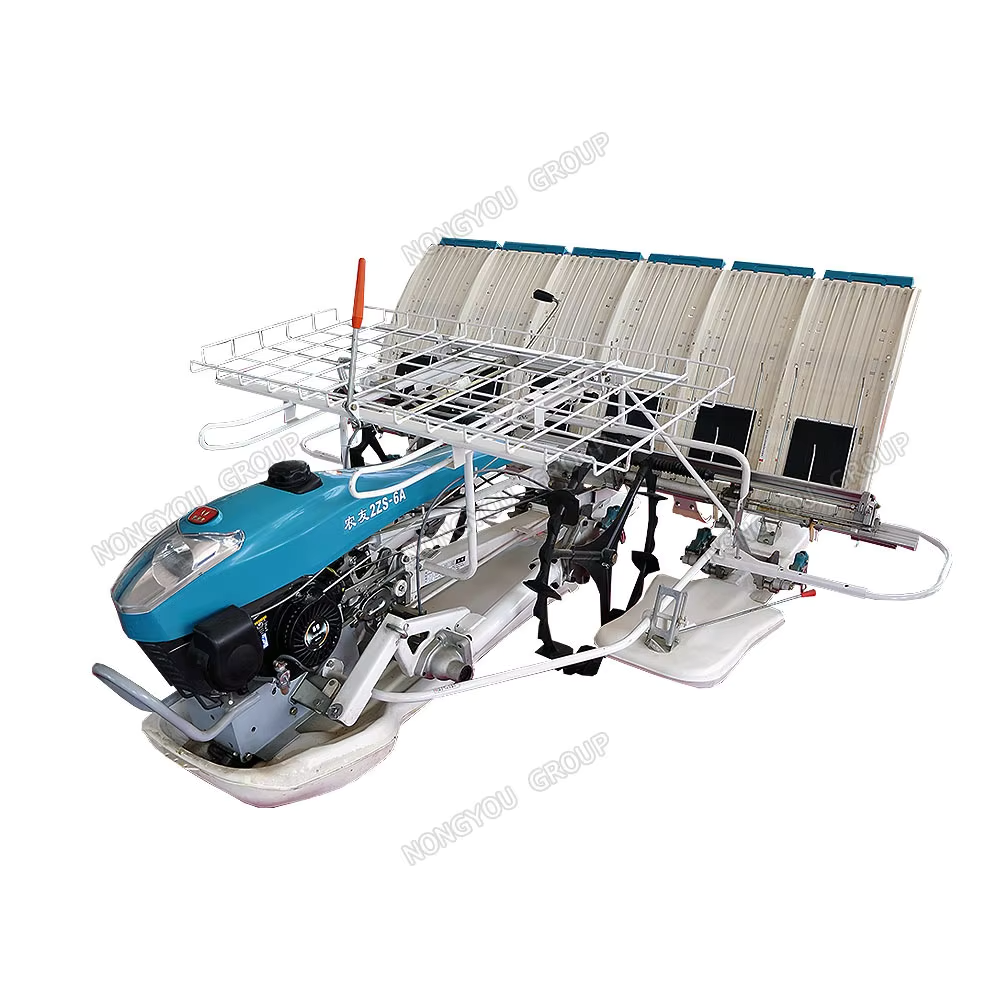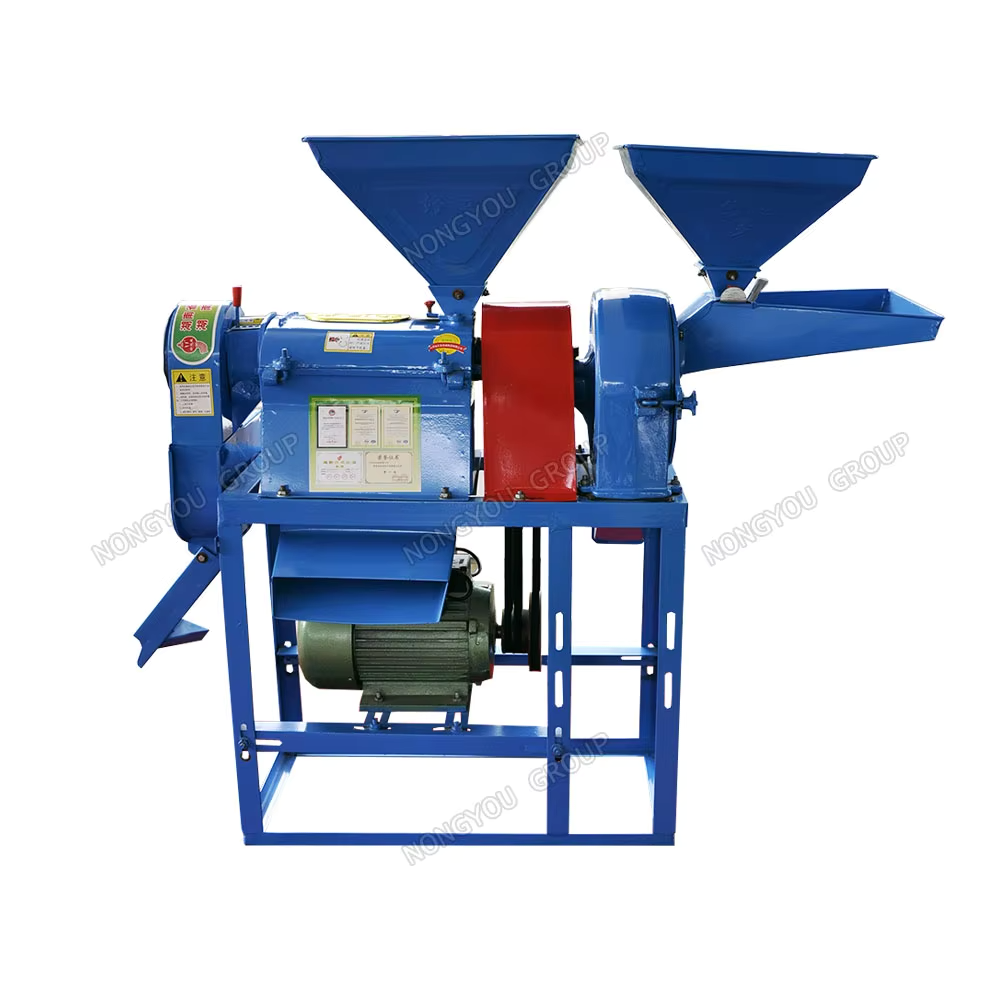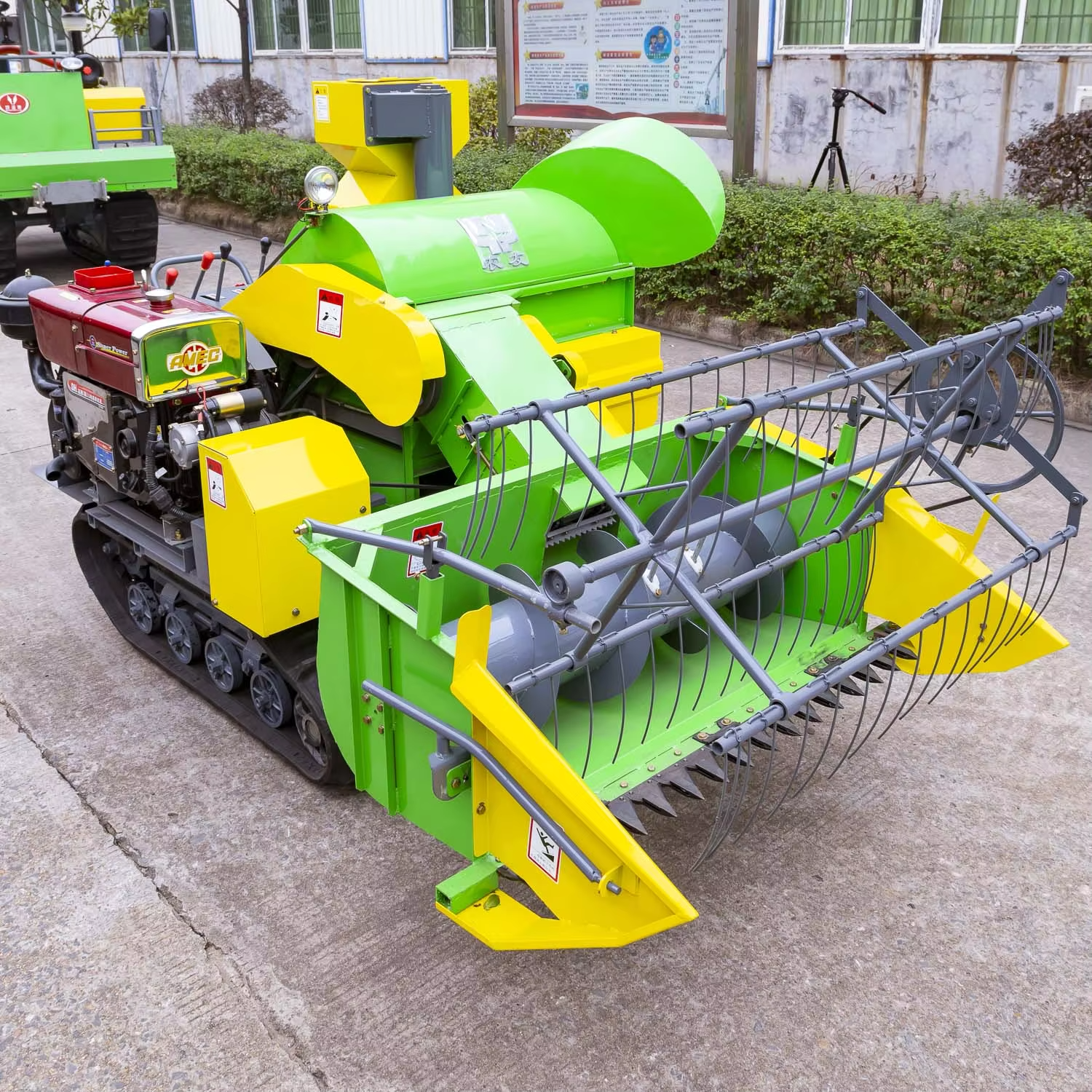milling of paddy
The milling of paddy is a crucial agricultural process that transforms raw harvested rice into refined, edible grains suitable for consumption. This sophisticated operation involves multiple stages, beginning with cleaning and removing foreign materials from the harvested paddy. The process continues with dehusking, where the outer hull is separated from the grain, followed by whitening or polishing to remove the bran layer. Modern milling technology employs advanced machinery equipped with precision controls and automated systems to ensure optimal grain quality and minimize breakage. These systems utilize rubber rollers, friction whiteners, and polishers to carefully process the paddy while maintaining the nutritional value of the rice. The process also incorporates grading systems that separate broken grains from whole ones, ensuring consistent quality in the final product. Additionally, modern milling facilities often feature moisture control systems that maintain ideal conditions for processing, as proper moisture content is crucial for achieving maximum milling yield and quality. The entire operation is designed to maximize efficiency while preserving the essential characteristics of the rice, resulting in a product that meets both commercial standards and consumer expectations.


